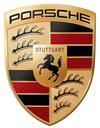
Porsche 911 Coupe (2012-2019) engines, drive and performance
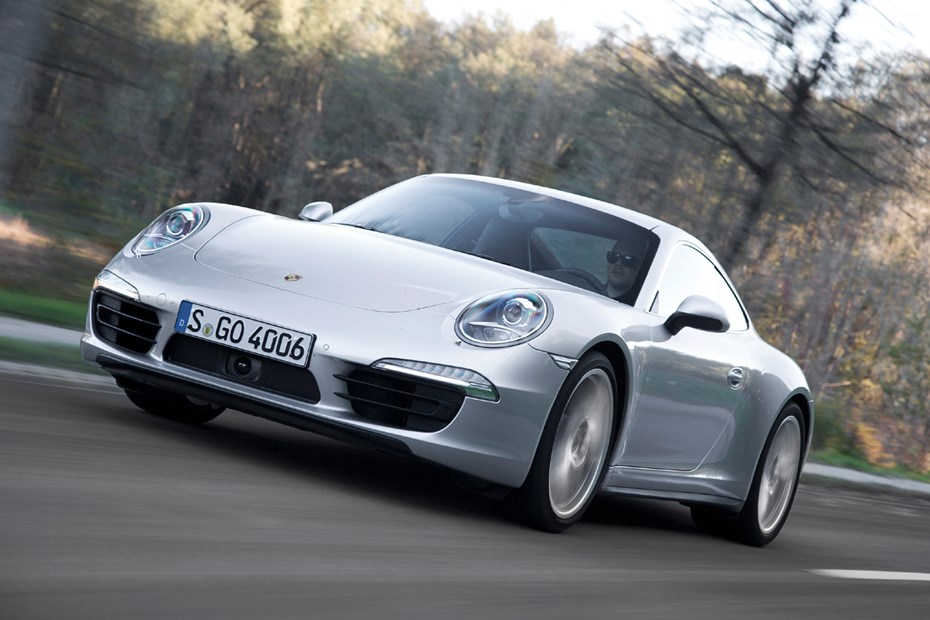
- Three different engines on offer with multiple power outputs
- Two different gearboxes – seven-speed manual and PDK auto
- And two different drivetrains, rear-wheel drive and four-wheel drive
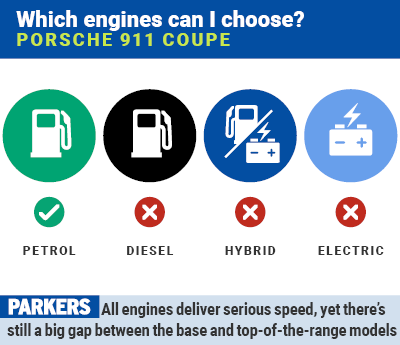
Porsche 911 engines range from a 3.0-litre flat-six in the base Carrera to a 4.0-litre naturally aspirated (non-turbocharged) unit in the GT3 track-ready version – all of which are located over the rear wheels of the car.
Drivetrains in the 911 vary from standard rear-wheel drive to four-wheel drive, while two gearbox options are also available – a seven-speed manual and a seven-speed PDK automatic.
Porsche 911 Carrera Coupe and Carrera 4 Coupe performance
All current Porsche 911 Carreras are powered by a flat-six 3.0-litre turbocharged engine producing a number of different power outputs. Regular 911 Carreras are rear-wheel drive, while Carrera 4s are all-wheel drive.
The base 911 Carrera has 370hp and 450Nm of torque, giving a 0-62mph time of 4.6 seconds (4.4 with the seven-speed dual-clutch PDK transmission) and a top speed of 183mph (182mph with the auto). Opt for the all-wheel drive Carrera 4 version and 0-62mph takes 4.5 seconds (4.3 with the auto) and the top speed is 181mph (180 with the auto).
Porsche 911 Carrera S Coupe and Carrera 4S Coupe performance
Move up to the 911 Carrera S and power increases to 420hp, while torques jumps to 500Nm. As a result, 0-62mph is undertaken in 4.3 seconds (4.1 with the auto gearbox) and top speed is 191mph (190mph with the auto).
The all-wheel drive Carrera S, named the Carrera 4S, is fractionally quicker to 62mph, shaving a tenth-of-a-second off the manual and auto Carrera S times. Top speed for the manual Carrera 4S is 190mph, with the auto capable of 188mph.
Porsche 911 Carrera T performance
Introduced in October 2017, the Carrera T (T stands for Touring) is lighter version of the regular Carrera that also comes with a range of extra standard kit, including the Sport Chrono Package (see below).
As a result, 0-62mph is a shade faster than the Carrera at 4.5 seconds (4.2 with the optional automatic gearbox). Porsche claims the top speed on both transmission variants to be in excess of 180mph.
Porsche 911 Carrera GTS performance
Next in the hierarchy is the 911 Carrera GTS, producing 450hp and 550Nm of torque. Such power means 0-62mph takes just 4.1 seconds (3.7 with the auto gearbox) and top speed is 194mph (193 with the auto).
Porsche 911 Sport Chrono Package
The Sport Chrono Package is available on Carrera, Carrera 4, Carrera S and Carrera 4S (standard on Carrera GTS and Carrera 4 GTS) variants. It consists of dynamic engine mounts, analogue and digital stopwatches mounted in the interior and a mode switch on the steering to flick between Normal, Sport and Sport Plus drive setups.
Engage Sportplus mode on 911 Carreras with an automatic gearbox fitted and acceleration times are fractionally improved, owing to engine, gearbox, suspension and – when fitted – all-wheel drive settings being optimised. A Sport response button is also fitted on automatic cars, allowing 20-second bursts of maximum acceleration – useful for overtaking.
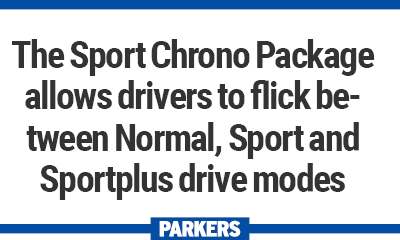
Porsche 911 Turbo performance
All Porsche 911 Turbo variants come as standard with a 3.8-litre twin-turbocharged flat-six engine, teamed with a seven-speed dual clutch PDK transmission and all-wheel drive.
Unsurprisingly, this makes for scarcely-believable levels of performance. In 911 Turbo form, the car produces 540hp and 710Nm of torque, enough for a 0-62mph time of 3.0 seconds and a top speed of 199mph.
Plump for the 911 Turbo S, and power is bumped up to 580hp. That means 0-62mph takes just 2.9 seconds, with top speed rated at 205mph. Torque is 750Nm.
Porsche 911 GT3 performance
The 911 GT3 is a rear-wheel drive track-focused version of the model, boasting reduced weight and a 4.0-litre naturally aspirated (non-turbocharged) six-cylinder boxer engine. Again, there’s a choice of manual or automatic gearbox, although the former differs to the majority of the range by being a six-speed unit.
This produces 500hp and 460Nm of torque, with 0-62mph taking 3.9 seconds in the manual and 3.4 seconds in the seven-speed PDK automatic. Top speed is 199mph and 198mph respectively.
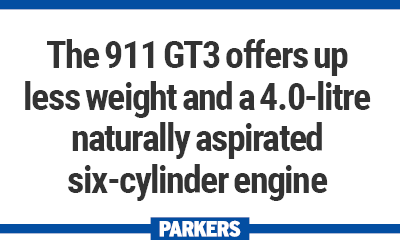
Porsche 911 GT2 RS performance
The 911 GT2 RS is the fastest and most powerful 911 on sale. Producing 700hp and 750Nm of torque from its 3.8-litre twin-turbocharged flat-six engine, the GT2 RS is rear-wheel drive only with power being sent through a seven-speed double-clutch automatic transmission. The sprint from 0-62mph takes a staggering 2.7 seconds to complete, while top speed is rated at 211mph.
Engines no longer available
Engines no longer available in the Porsche 911 include the base 3.4-litre flat-six in the Carrera and Carrera 4, plus the 3.8-litre unit in the Carrera S and Carrera 4S. Both were naturally-aspirated engines, offering a noticeably different driving experience to the turbocharged powerplants in the current range.
The 3.4-litre engine produced 350hp and 390Nm of torque, while the 3.8-litre version managed 400hp and 440Nm of torque. Acceleration and 0-62mph times varied from version to version, with the Carrera 4S automatic delivering the best performance on paper.
With a limited run of models, the Porsche 911 Turbo S Exclusive Series was the second most powerful variant on offer producing 607hp and 750Nm of torque. Gains are fairly marginal at this end of the power spectrum meaning 0-62mph and top speed are unchanged from the Turbo S.
Another limited edition, the 911 R sold out almost instantly, largely due to its fabulous naturally aspirated straight-six 4.0-litre engine. It produced 500hp and 460Nm of torque, giving a 0-62mph time of just 3.8 seconds and a top speed of 201mph.
- Superb overall handling
- Suitable for most driver skill levels
- Easy to drive around town
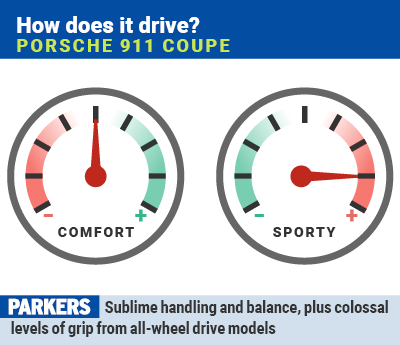
As with performance, the Porsche 911’s handling is exceptional across the range – no mean feat when there’s such a broad spectrum of engines and drivetrains on offer.
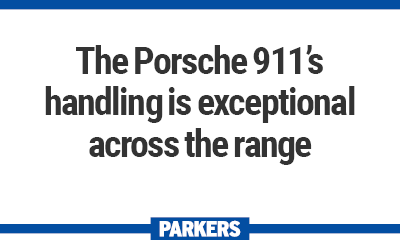
All models now benefit from Porsche Adaptive Suspension Management (PASM) that reduces the ride height by 10mm and gives the car a lower centre of gravity. The 911 boasts exceptional agility and responsiveness and rewards drivers of all abilities.
However, despite its immense grip and poise, it’s not like a hot hatch where you can simply throw it into a corner and marvel as it pulls you through. To get the best out of the 911 driver’s movements need to be smooth and deliberate – not a hard task when the control weights are as well judged as they are.
Rear-wheel drive or all-wheel drive?
All-wheel drive is standard or optional with the majority of engine variants in the 911, and offers an extra layer of security to the overall drive. It’s certainly not essential – all 911s that come with the option of all-wheel drive are perfectly manageable beasts in rear-wheel drive guise – but does make the performance more usable in wet conditions.
Even with all-wheel drive fitted however, the 911’s power is directly firmly towards the back of the car meaning there is plenty of scope for keen drivers to have fun on the right piece of tarmac.
Sport suspension and Ceramic Composite Brakes
One of the more popular options on the Porsche 911 is the electronically variable active damping system, lowering the ride height by 20mm (10mm more than when fitted with PASM) and adding two selectable suspension modes – Normal and Sport.
This works to enhance the cars handling and cruising capabilities by allowing the driver to choose between two different firmness settings for the chassis, depending on the conditions.
The 911’s standard brakes are stronger than those found on the vast majority of other cars on the road. However, should customers wish, optional Ceramic Composite Brakes (only available with 20-inch alloys) offer even more impressive stopping power and greater durability. If you plan to take your 911 on track, we’d recommend the uprated brakes.
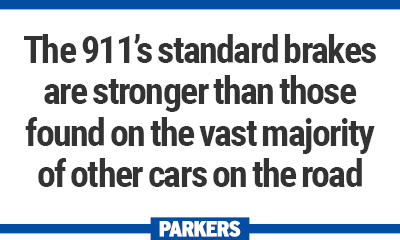
Rear-wheel steering and Porsche Dynamic Chassis Control (PDCC)
Available as an option – or as standard on selected models – rear-axle steering works to improve the car’s turning circle at low speeds and improve stability at high speeds. The effect is noticeable, while many drivers will marvel at the increased low speed manoeuvrability.
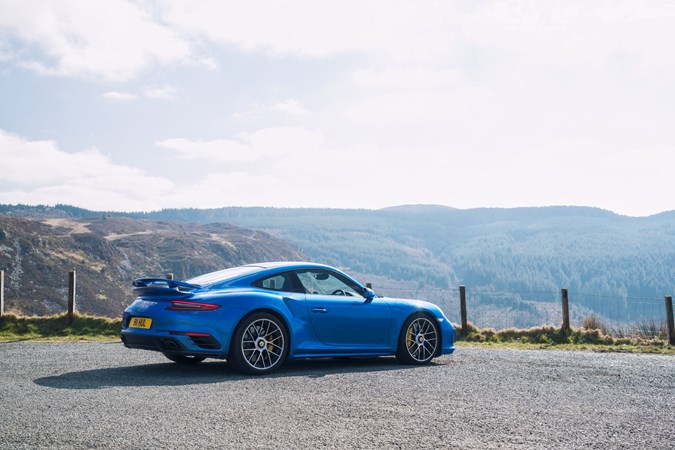
Also offered on a number of variants is Porsche Dynamic Chassis Control that adds active roll stabilisation to the 911s range of tech designed to improve handling. Essentially, the system works to optimise the camber of each wheel when cornering, thus giving greater stability and a more direct initial turn into the bend.
Front axle lift
High-end sports cars and speed humps have an uneasy relationship thanks to the former’s low front end and the latter’s tendency to scrape low-slung sports car. Luckily, however, the 911 is available with a hydraulic lift system that raises the front axle by approximately 30mm up to speeds of 21mph.
Parking the 911
Visibility from inside the 911 is surprisingly good for such a low car, however we’d still recommend opting for the optional front and rear parking sensors.


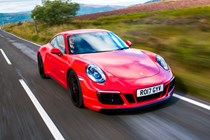

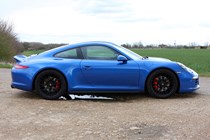
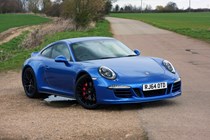
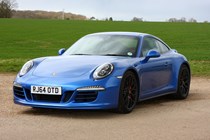
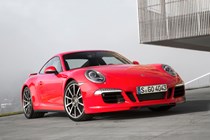

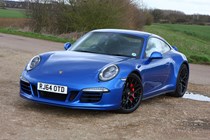
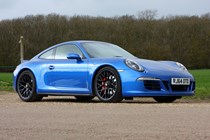

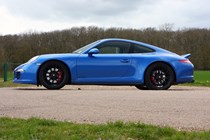
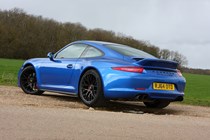

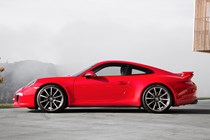
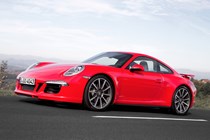
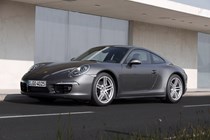

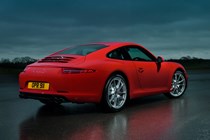
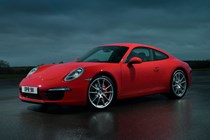
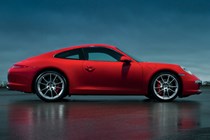

.jpg)
.jpg)
.jpg)
.jpg)
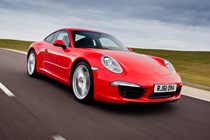
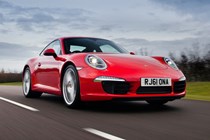
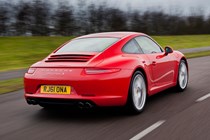
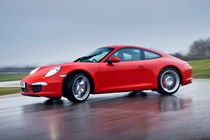
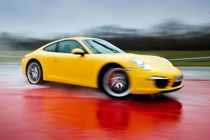
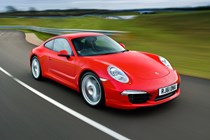
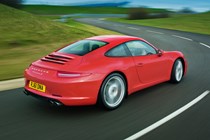
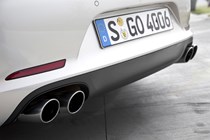
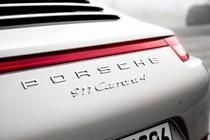
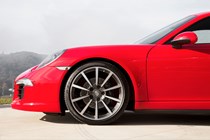

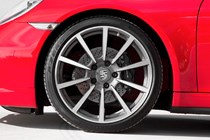

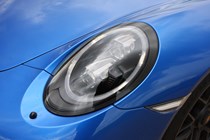
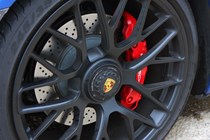
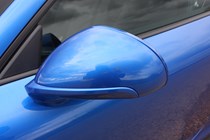
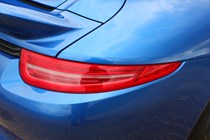
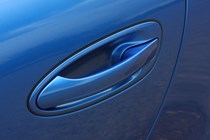
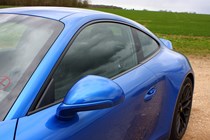
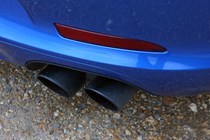
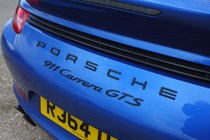

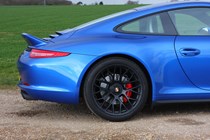
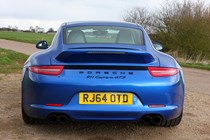
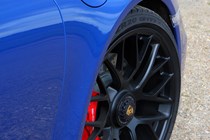

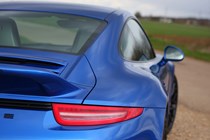
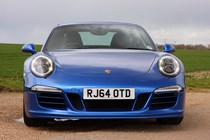

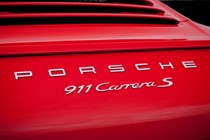
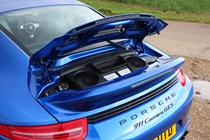
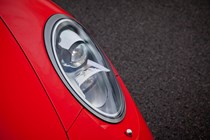
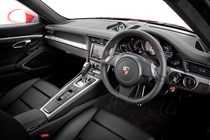
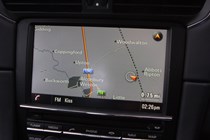
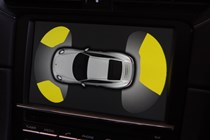
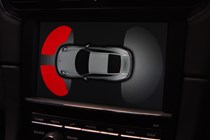

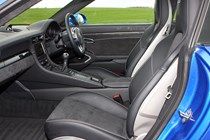

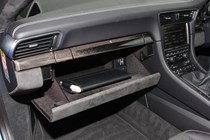
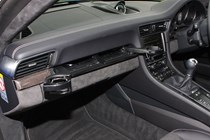
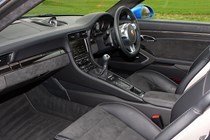
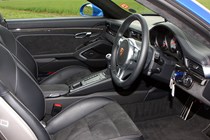
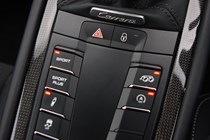
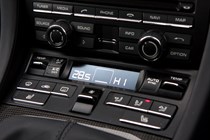
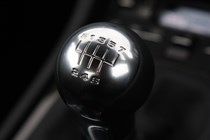
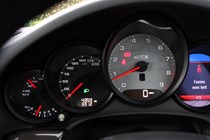
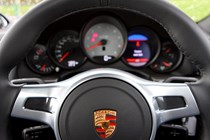

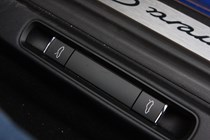
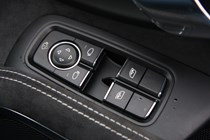
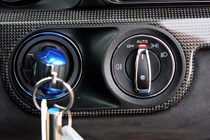
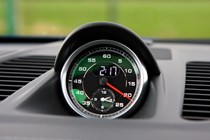
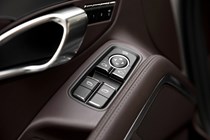
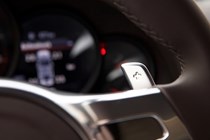
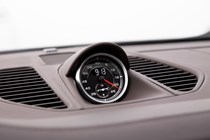

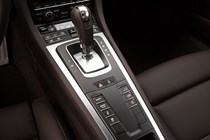
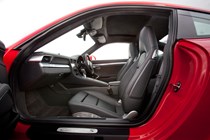
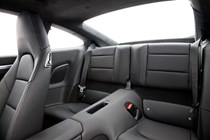
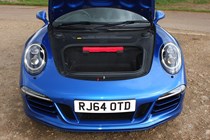
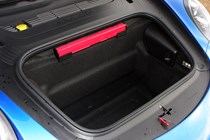

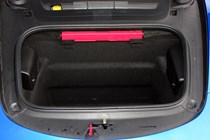

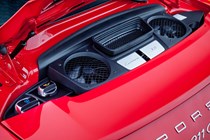





















.jpg?quality=50)
.jpg?quality=50)
.jpg?quality=50)
.jpg?quality=50)

































































